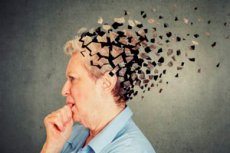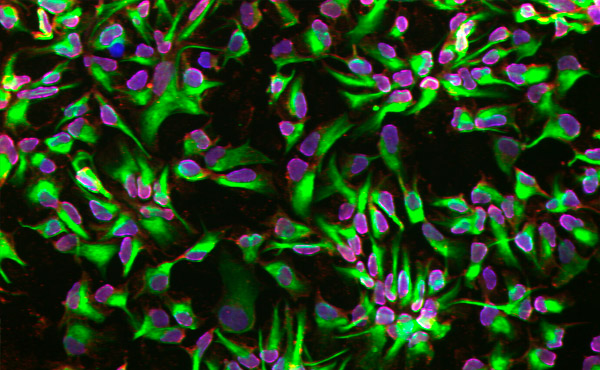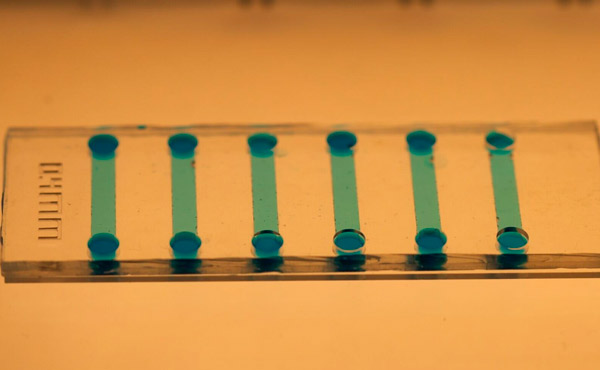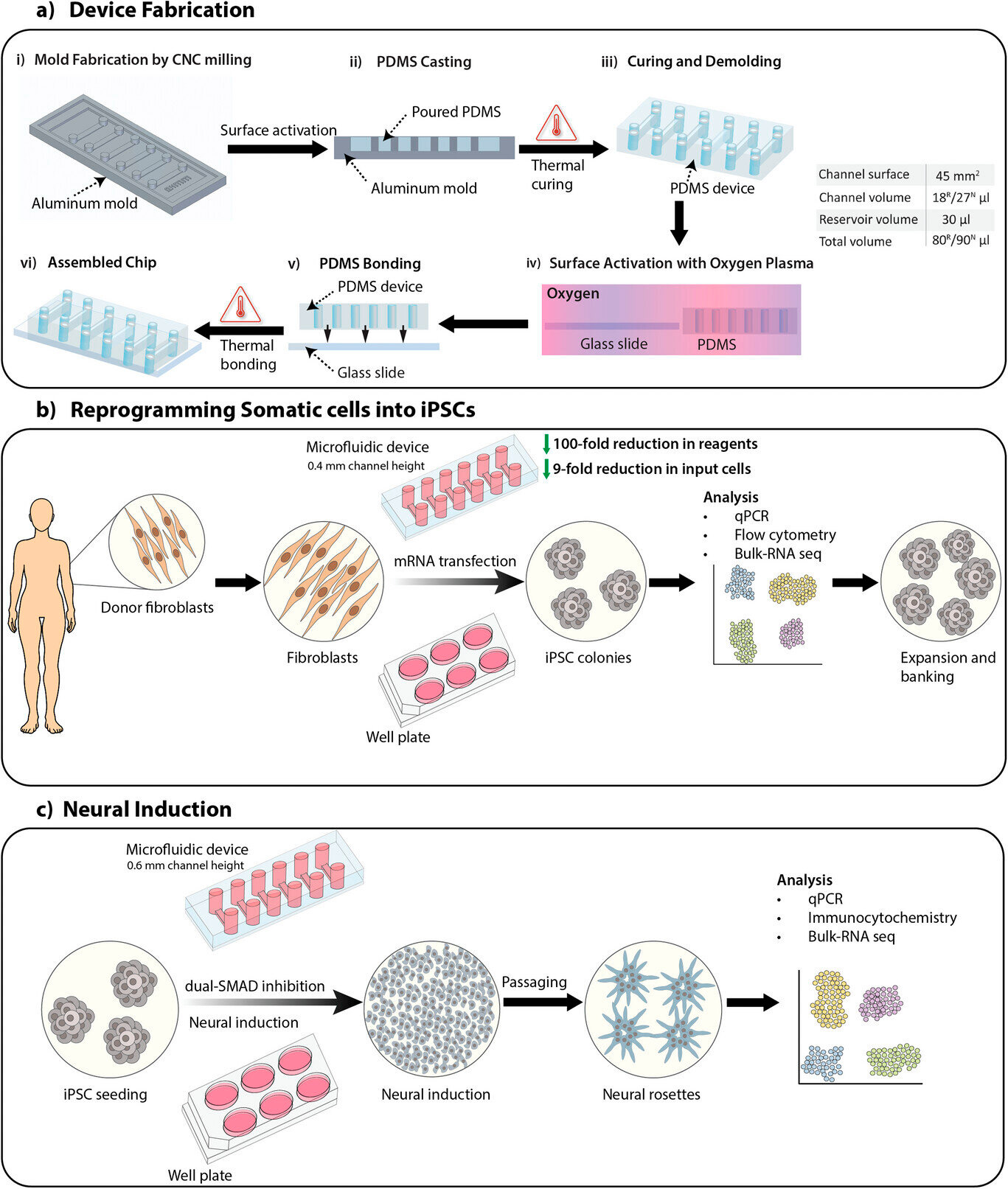New publications
New device improves stem cell generation for Alzheimer's therapy
Last reviewed: 02.07.2025

All iLive content is medically reviewed or fact checked to ensure as much factual accuracy as possible.
We have strict sourcing guidelines and only link to reputable media sites, academic research institutions and, whenever possible, medically peer reviewed studies. Note that the numbers in parentheses ([1], [2], etc.) are clickable links to these studies.
If you feel that any of our content is inaccurate, out-of-date, or otherwise questionable, please select it and press Ctrl + Enter.

Researchers in Sweden say they have perfected a technique for converting ordinary skin cells into neural stem cells, which they say brings them closer to affordable personalised cell therapies for Alzheimer's and Parkinson'sdisease.
Using a custom-designed microfluidic device, the research team has developed an unprecedented and accelerated approach to reprogramming human skin cells into induced pluripotent stem cells (iPSCs) and then converting them into neural stem cells.
The first author of the study, Saumya Jain, says the platform could improve and reduce the cost of cell therapy by making cells more compatible and accepted by the patient's body. The study was published in the journal Advanced Science by scientists from KTH Royal Institute of Technology.
Anna Herland, senior author of the study, said the study demonstrated the first use of microfluidics to direct iPSCs to become neural stem cells.

Neural stem cells differentiated using a microfluidic platform. Photo: KTH Royal Institute of Technology
The transformation of normal cells into neural stem cells is actually a two-step process. First, the cells are exposed to biochemical signals that induce them to become pluripotent stem cells (iPSCs), which can generate different types of cells.
They are then transferred into a culture that mimics the signals and developmental processes involved in forming the nervous system. This step, called neural differentiation, redirects the cells toward becoming neural stem cells.
Over the past decade, the lab environment for this type of work has gradually shifted from traditional tablets to microfluidic devices. Herland says the new platform represents an improvement in microfluidics for both steps: iPSC generation and neural stem cell differentiation.
Using cells from human skin biopsies, the researchers found that the microfluidic platform accelerated the commitment of cells to a neural fate at an earlier stage compared to those differentiated in conventional plates.
"We have documented that the confined environment of the microfluidic platform enhances the commitment to generating neural stem cells," says Herland.

A close-up view of the microfluidic chip used to induce stem cells. Photo: KTH Royal Institute of Technology
Jain says the microfluidic chip is easy to fabricate using polydimethylsiloxane (PDMS), and its microscopic size allows for significant savings on reagents and cell material.
The platform can be easily modified to accommodate differentiation into other cell types, he adds. It can be automated, providing a closed system that ensures consistency and reliability in the production of highly homogeneous cell populations.

Overview of the study including device fabrication, reprogramming of somatic cells into induced pluripotent stem cells (iPSCs), and neural induction of iPSCs using the SMAD dual inhibition protocol to generate neural stem cells.
A) Fabrication process of a microfluidic device with 0.4mm and 0.6mm high channels for somatic cell reprogramming (R) and neural induction (N), respectively. Channel volumes and total volume are listed in the table.
B) Overview of the reprogramming process of somatic cells into iPSCs on microfluidic devices and plates using mRNA transfection.
C) Overview of the neural induction process of iPSCs into neural stem cells on microfluidic devices and plates using the SMAD dual inhibition protocol.
Source: Advanced Science (2024). DOI: 10.1002/advs.202401859
"This is a step towards making personalized cell therapies for Alzheimer's and Parkinson's diseases accessible," Jain adds.
The study also involved scientists from Karolinska Institutet and Lund University, collaborating in the IndiCell consortium.
